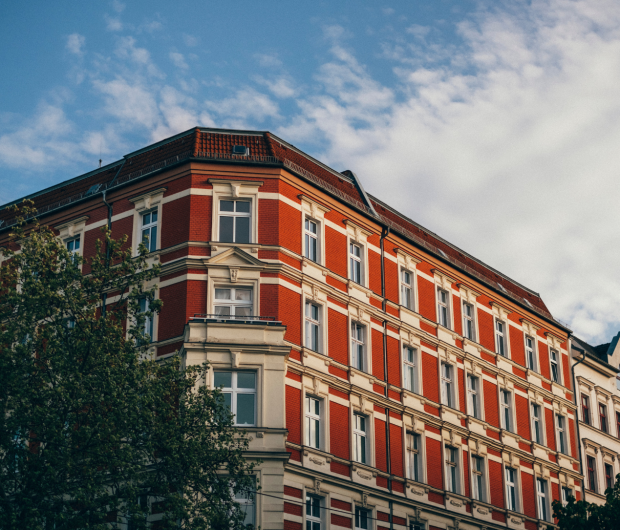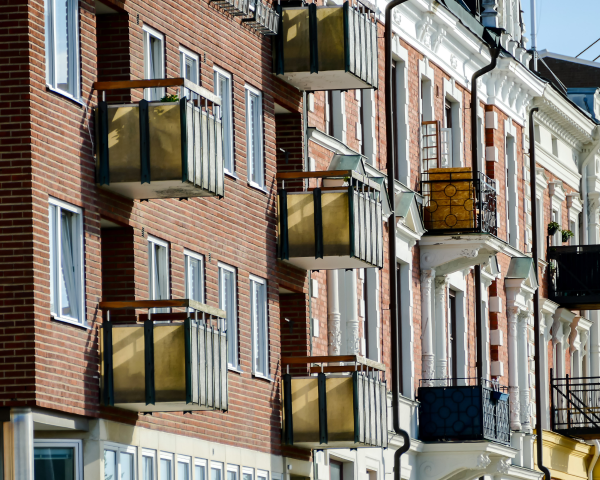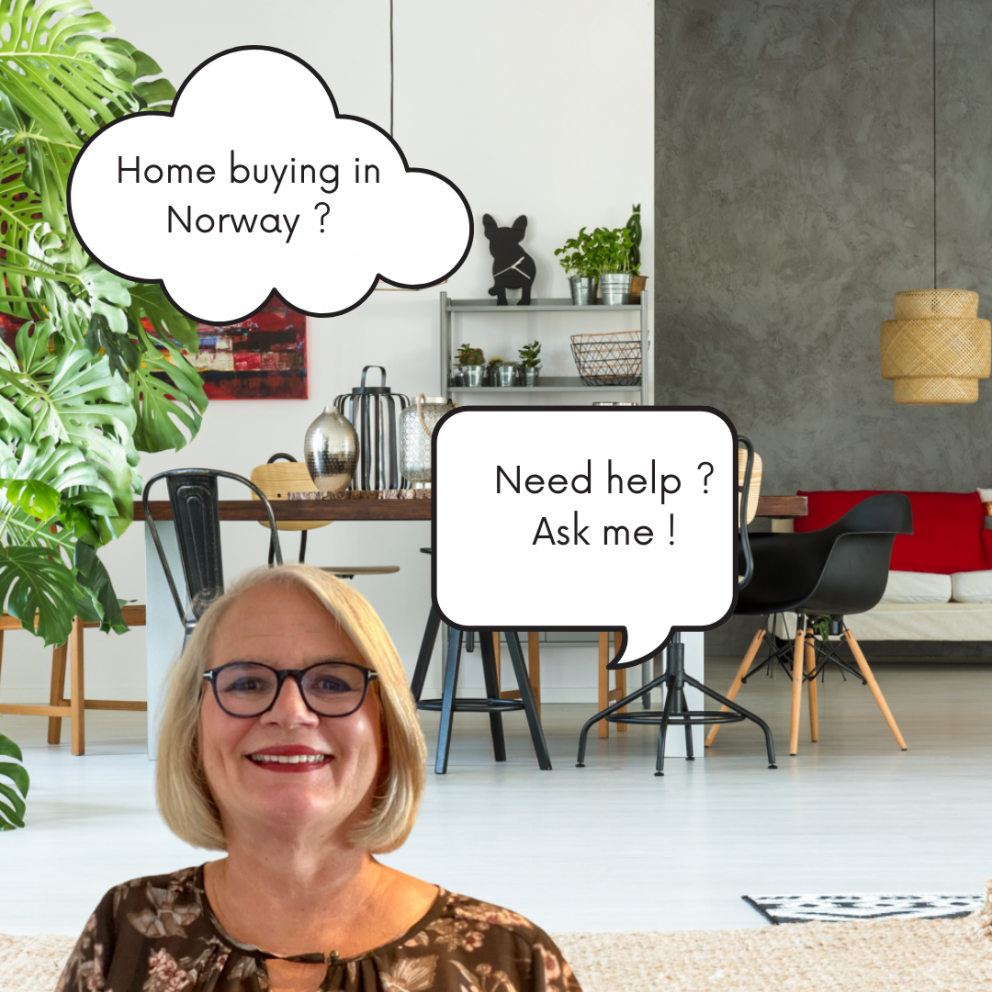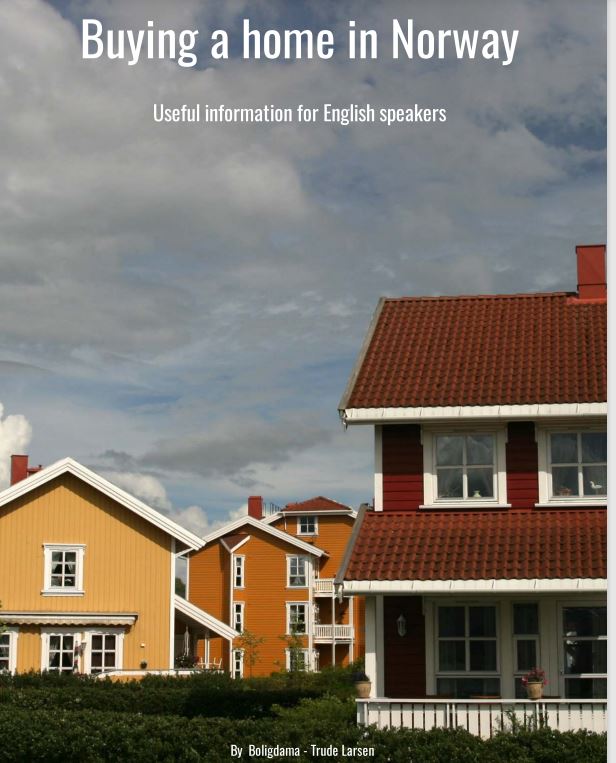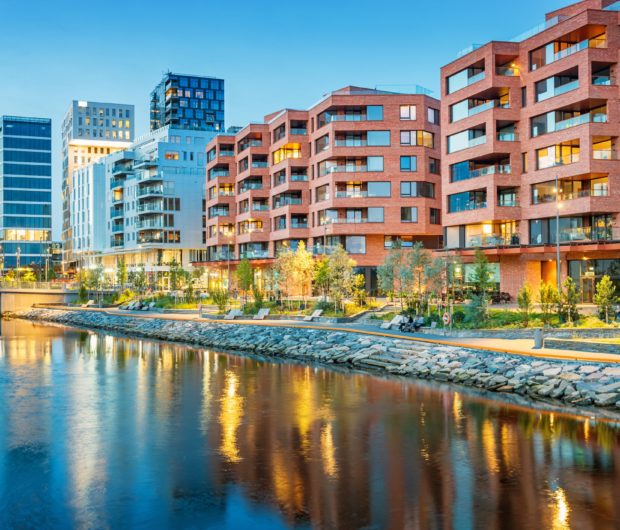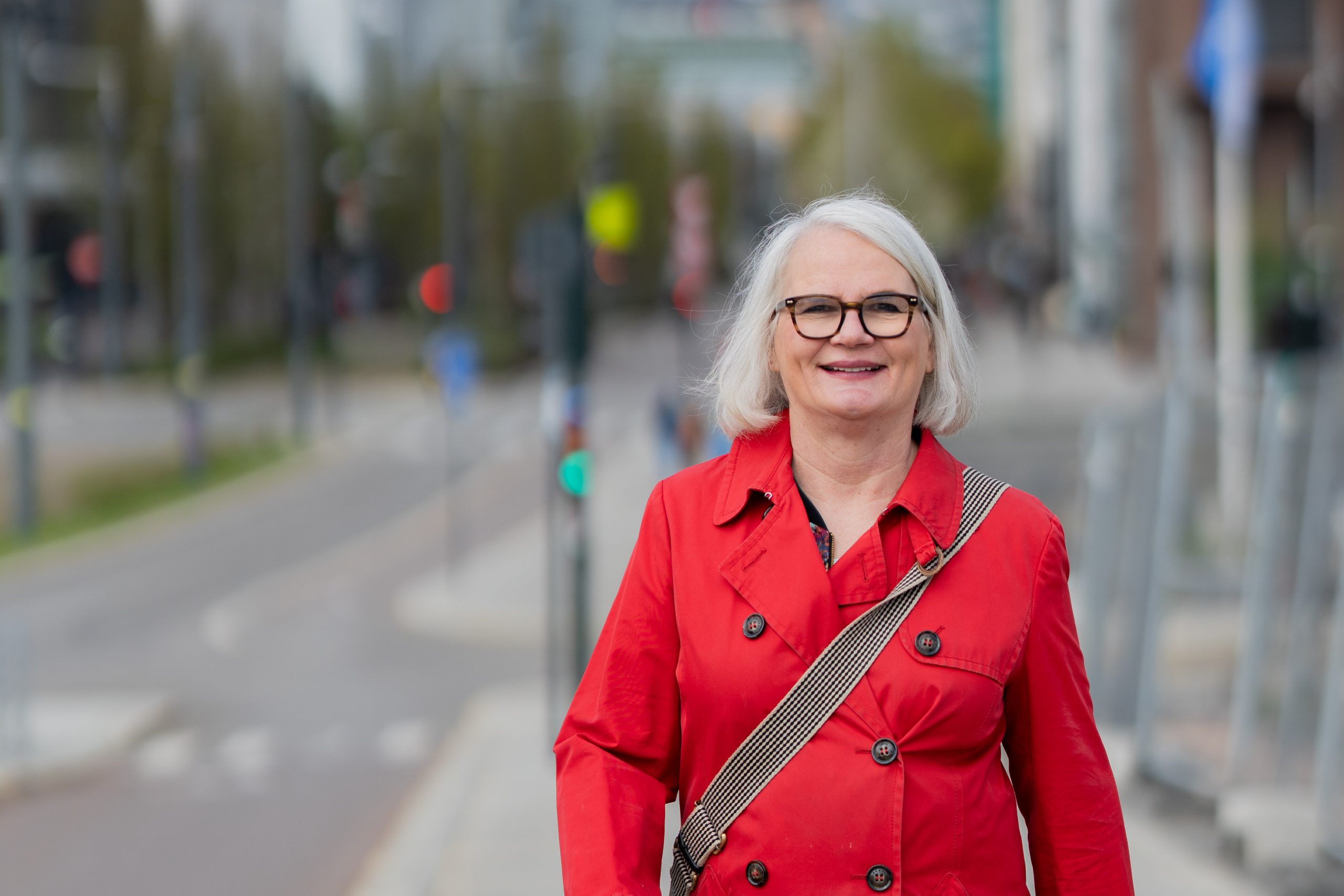In Norway, as I guess in many other countries we have to different markets for home buying. The second hand housing market and project or new housing market.
In the second-hand market people’s houses and apartments are sold with the help of real estate agents. It is also allowed to sell one’s property without a realtor, but 99% is using one.
When it comes to the projected, not yet build homes, they are sold by the builders. They are using real estate agents too, mostly. They are often specialised in sale of projected homes. Sometimes the builders also use their own employees.
Two different laws are regulating the sale and delivery of the homes:
The Home Building Act (Bustadoppføringslova) for projected homes and the Alienation Law (Avhendingsloven) for the second hand homes.
In addition, we have the Real Estate Law that clarifies the responsibility of the real estate agent.
This means that the sale of properties is quite regulated. The different laws places responsibility on the seller, either a private person or the builder, the buyer and the realtor.
The laws are so called consumer laws which are intended to protect the consumer
The projected homes are more expensive (20 to 25%) than the second hand homes, because they are modern and built according to the latest building regulations and does not require maintenance for many years.
When you buy a home that is not yet build you have to rely on the information and illustrations from the builders or their real estate agent. They often have models and visiting centre where they are showing the standard of the interior, the sun conditions and the view from the apartment. Or maybe they have a prototype of a house to show you.
If you want to look for a projected property in Norway, you can use this website:
https://www.finn.no/realestate/newbuildings/search.html?sort=PUBLISHED_DESC
The second hand homes are listed on this website:
https://www.finn.no/realestate/homes/search.html?sort=PUBLISHED_DESC
Be aware of the buyers duty of inspection
Either you want to buy a brand new home or a second hand home in Norway, you have to be aware that the bid is binding and the buyers duty of inspection.
The home buying in Norway is quite complicated for the buyer and as a buyer you have a big responsibility to check the sales material and the property itself before bidding. The bid is binding and there are no regrets. This is called the buyers duty of inspection and are regulated by law. It is valid for purchase of second hand homes as well as for projected homes.
Luckily, I have been working with both selling and buying of both second hand and projected homes in my 40 year career in the housing industry. Therefore, I am qualified to help with the purchase of all kinds of homes. This is a good thing since the approach and legislation is quite different.
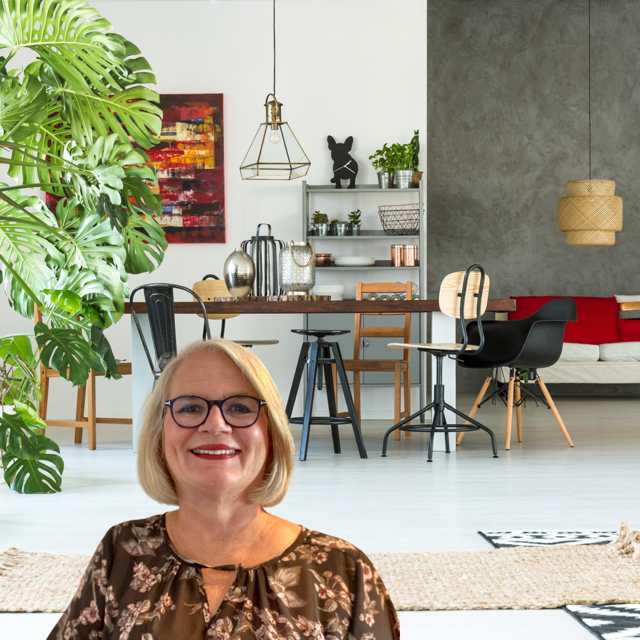
The housing market right now (February 2023)
The housing market right now (February 2023) is quite slow compared to the crazy years of the Pandemic. But second-hand homes are sold quite easily, with slighter lower prices.
When it comes to projected homes there have been an abrupt stop and a number of planned projects have been postponed.
The projected homes are mostly sold to fixed prices, they are no bidding rounds. But it is not easy to negotiate a lower price. The builders prefer to sit on the properties when they are finished, and wait for better times.
If the projects are stopping for a long time, it will probably have a bad influence on the second hand market, especially in big cities like Oslo. Then there is a change that the prices for on the second hand market will rice fast again.
